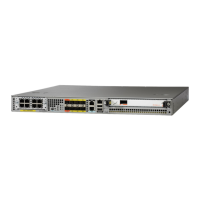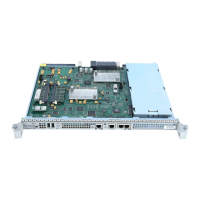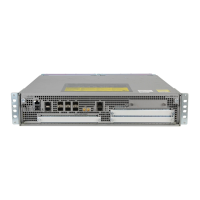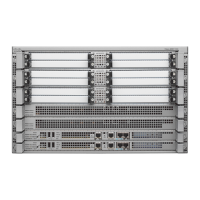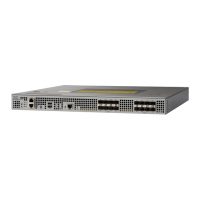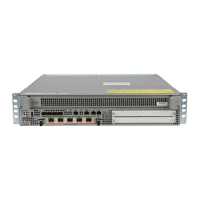Layer 2 Forwarding Redirection and Return
WCCP uses either generic routing encapsulation (GRE) or Layer 2 (L2) to redirect or return IP traffic. When
WCCP forwards traffic via GRE, the redirected packets are encapsulated within a GRE header. The packets
also have a WCCP redirect header. When WCCP forwards traffic using L2, the original MAC header of the
IP packet is overwritten and replaced with the MAC header for the WCCP client.
Using L2 as a forwarding method allows direct forwarding to the content engine without further lookup. Layer
2 redirection requires that the router and content engines are directly connected, that is, on the same IP
subnetwork.
When WCCP returns traffic via GRE, the returned packets are encapsulated within a GRE header. The
destination IP address is the address of the router and the source address is the address of the WCCP client.
When WCCP returns traffic via L2, the original IP packet is returned without any added header information.
The router to which the packet is returned will recognize the source of the packet and prevent redirection.
The WCCP redirection method does not have to match the return method.
L2 forwarding, return, or redirection are typically used for hardware-accelerated platforms. Depending on
your release, L2 forwarding, return, and redirection can also be used for software-switching platforms.
On Cisco ASR 1000 Series Aggregation Services Routers, both the GRE and L2 forward and return methods
use the hardware. Therefore, there is no significant performance degradation between them.
For content engines running Application and Content Networking System (ACNS) software, use the wccp
custom-web-cache command with the l2-redirect keyword to configure L2 redirection. For content engines
running Cisco Wide Area Application Services (WAAS) software, use the wccp tcp-promiscuous command
with the l2-redirect keyword to configure L2 redirection.
For information about Cisco ACNS commands used to configure Cisco Content Engines, see the Cisco ACNS
Software Command Reference.
For more information about WAAS commands used to configure Cisco Content Engines, see the Cisco Wide
Area Application Services Command Reference.
WCCP Mask Assignment
The WCCP Mask Assignment feature enables mask assignment as the load-balancing method (instead of the
default hash assignment method) for a WCCP service.
For content engines running Application and Content Networking System (ACNS) software, use the wccp
custom-web-cache command with the mask-assign keyword to configure mask assignment. For content
engines running Cisco Wide Area Application Services (WAAS) software, use the wccp tcp-promiscuous
command with the mask-assign keyword to configure mask assignment.
For information about Cisco ACNS commands used to configure Cisco Content Engines, see the Cisco ACNS
Software Command Reference.
For more information about WAAS commands used to configure Cisco Content Engines, see the Cisco Wide
Area Application Services Command Reference.
IP Application Services Configuration Guide, Cisco IOS XE Release 3S (Cisco ASR 1000)
53
Configuring WCCP
Layer 2 Forwarding Redirection and Return
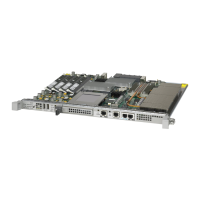
